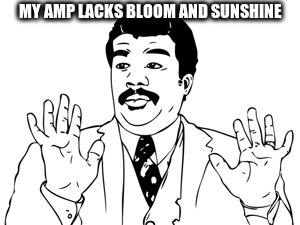I think user competence has to play a part in these things, it's surely up to them to plug in the Vdc applicable to the relevant conditions? The vintage tube info doesn't spoon feed so no obvious need for your tool to do so.
Sure it would be nice to have it all singing and dancing, but it may then need to include HT sag for both the plate and g2 nodes (even bias sag too!), along with local ac nfb caused by the individual / shared g2 resistors, and the whole thing would be in danger of becoming unfeasibly complex for both the developer and the noob user.
Sure it would be nice to have it all singing and dancing, but it may then need to include HT sag for both the plate and g2 nodes (even bias sag too!), along with local ac nfb caused by the individual / shared g2 resistors, and the whole thing would be in danger of becoming unfeasibly complex for both the developer and the noob user.
I just wanted to list some reasons why the real amp may produce an output power lower by 30% or so.
FWIW the Marstran db for early Marshall lists a 64/65 2x12 1962/T with a RS OT Marshall Specs
Unfortunately there is no information how the RS OT was wired (6.6k/8k, 16/8* ohms).
*actually the RS De Luxe was specified "to suit 3 Ohm, 7 Ohm, 15 Ohm speech coils" and was rated at 30W. The "16" Ohm Celestions of the time were labeled as 15 Ohms.




Comment